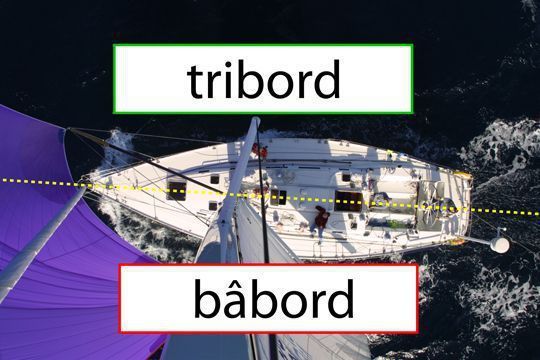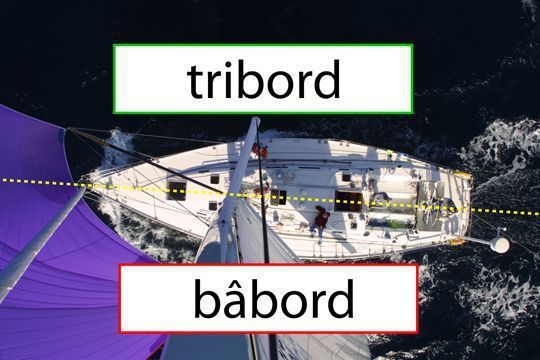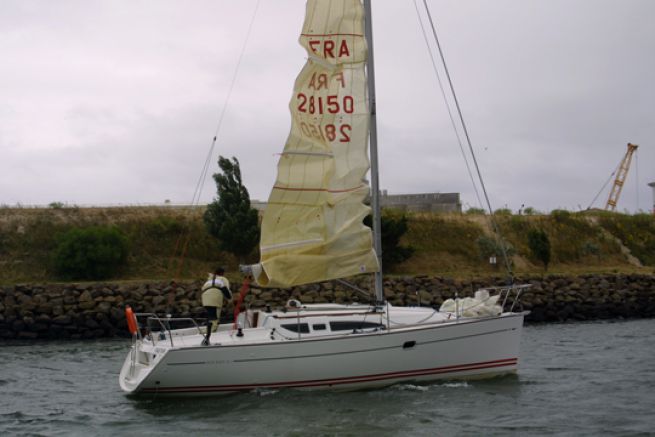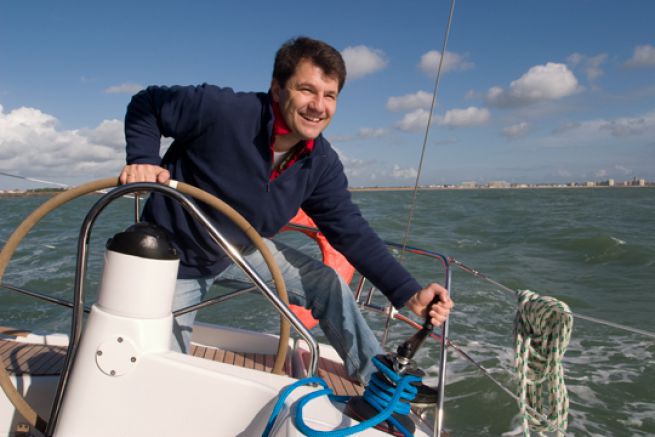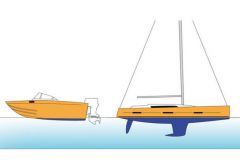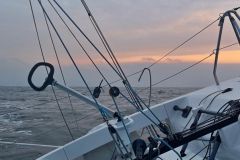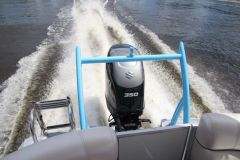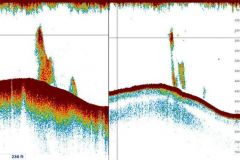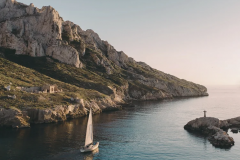In a boat, you don't go left or right, but port and starboard. This name eliminates any confusion. Whether you look forward or backward, port will always remain on the same side. This avoids confusion during orders. If someone says, "Shock the port sheet", you won't hesitate.
Where do these terms come from?
The origin of his words seems to come from Dutch. Thus Tribord also comes from the Dutch stierboord. Stier means the rudder and boords the edge. Indeed, at that time, the rudder was a scull plunged on the right side of sailing ships with a pointed stern. So Stierboord means the side of the rudder.
Port (whose circumflex accent is no longer pronounced today), also comes from the Dutch "bakboord". Bak meaning Back and Boord meaning Edge. When the coxswain was holding the rudder, he turned his back to the left side. Hence the port side.
How can we not confuse them?
There are many mnemonics to avoid confusing port and starboard. If you're having trouble remembering this notion, remember these:
- Tribord is right because of the letter i which is also found in the word right. It also works port and left for the letter a!
- Legend has it that on old warships, the place where the powder and cannonballs were stored was called the battery. This painted inscription on the bulkhead showed the port side (Bat...) and the starboard side (...trie).
But perhaps you know others?
